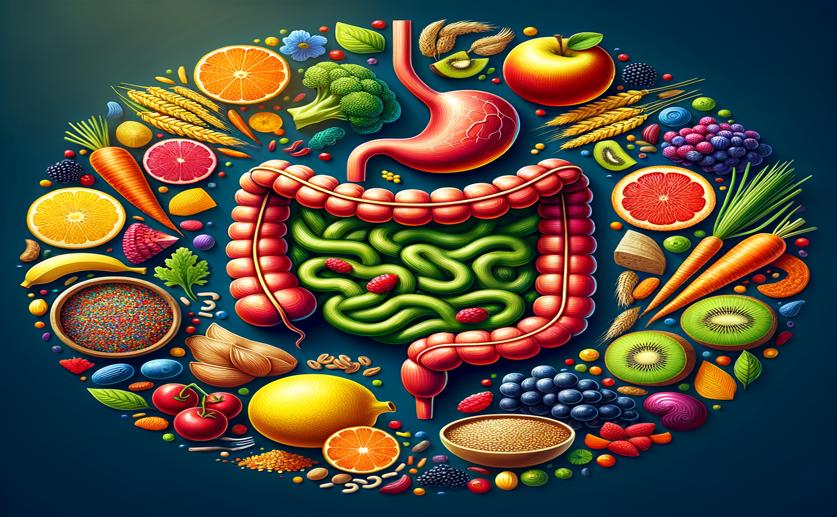
How Different Types of Dietary Fiber Affect Gut Health and Digestion
Jenn Hoskins
2nd June, 2024

Image Source: Natural Science News, 2024
Key Findings
- The study found that larger dietary fiber particles slow down fermentation but do not affect overall microbial growth
- Concentrated dietary fibers boost the production of butyrate, which is beneficial for colon health
- Individual differences in gut microbiota composition do not significantly alter the overall fermentation outcomes of dietary fibers
References
Main Study
1) Differential effects of pectin-based dietary fibre type and gut microbiota composition on in vitro fermentation outcomes.
Published 1st September, 2024 (future Journal edition)
https://doi.org/10.1016/j.carbpol.2024.122284
Related Studies
2) Enterotypes of the human gut microbiome.
3) Enterotypes in the landscape of gut microbial community composition.



 24th May, 2024 | Jim Crocker
24th May, 2024 | Jim Crocker